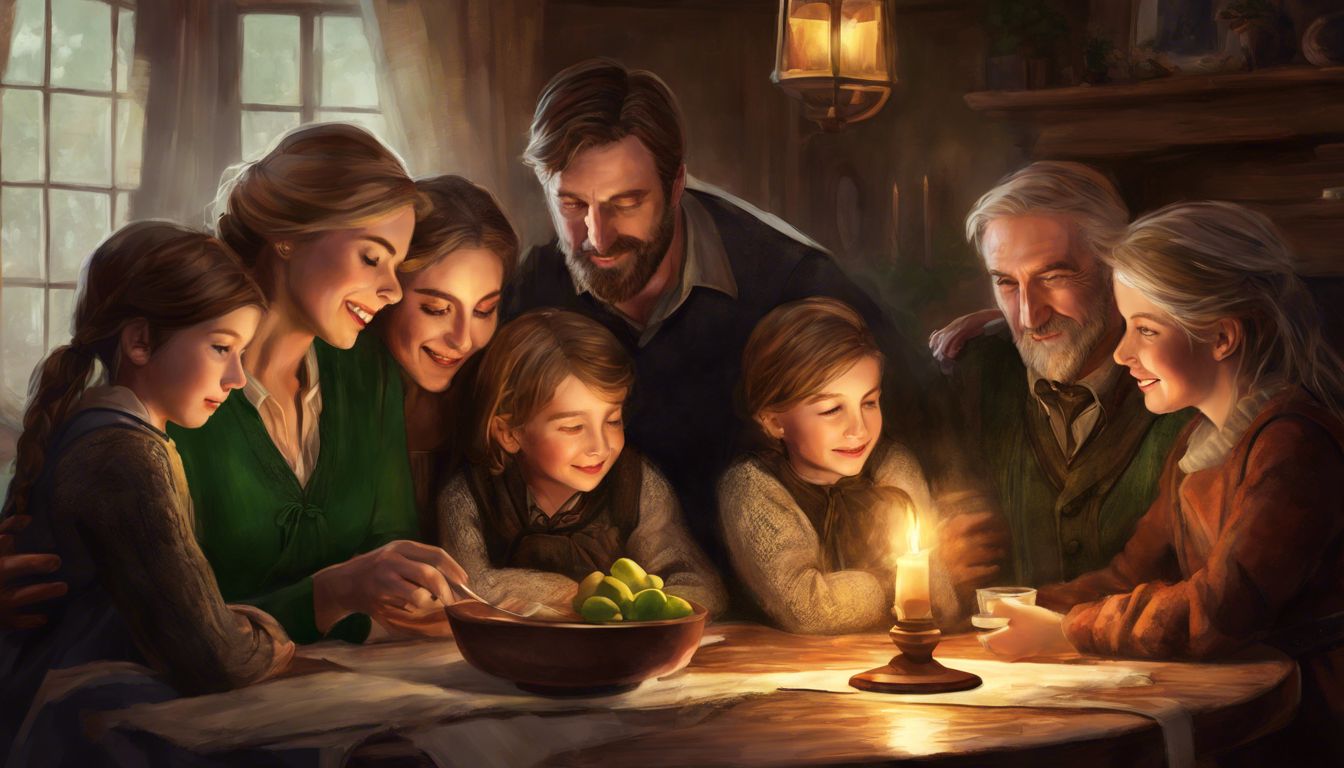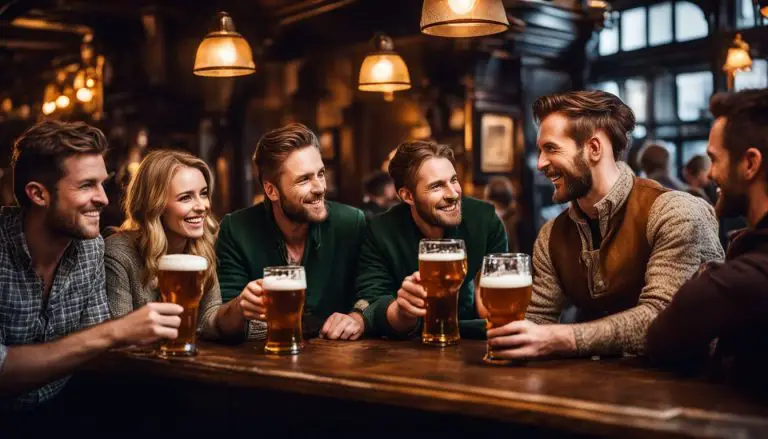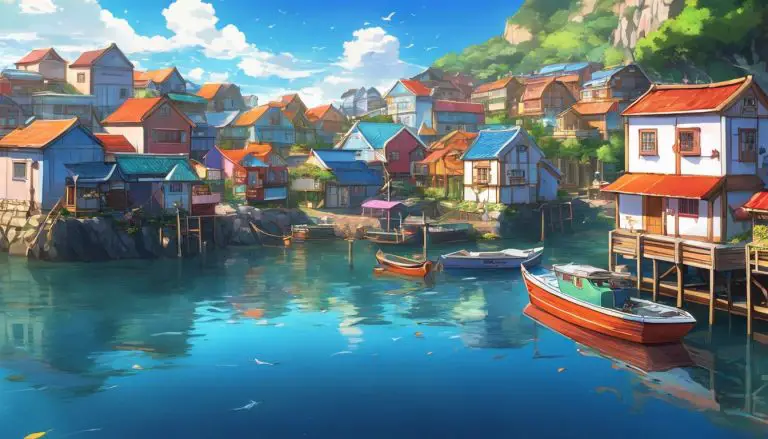What Did the Black and Tans Do to the Irish: Understanding Their Actions in Ireland
The Black and Tans were a group sent to Ireland by the British government. They arrived between January 1920 and July 1921. Their job was to fight against Irish people who wanted independence from Britain.
Winston Churchill helped create this force of men who had fought in World War I.
These men wore mix-matched uniforms, which is why they got the name “Black and Tans. In Ireland, they became known for being very harsh. They burned down houses and hurt many Irish citizens badly.
Some of their worst acts happened on a day called Bloody Sunday.
Many Irish recruits joined them; about one in five soldiers were Irish. But people said they acted crazy, often after drinking too much. The Black and Tans tried to keep Britain in control of Ireland but ended up causing more trouble.
They worked with another group called The Auxiliaries. Together, they did things that made lots of people mad at Britain for a long time. The story of what the Black and Tans did shows how tough the fight was for Ireland’s freedom.
Let’s learn how these actions changed history forever!
Key Takeaways
- The Black and Tans were a group made after World War I to help the British in Ireland. They included ex-soldiers who did not get much training.
- They burned homes, businesses, and scared Irish people with their weapons and violence.
- Their cruel acts made Irish people angry at Britain. This anger helped the fight for Irish independence grow stronger.
- People in Ireland still remember what the Black and Tans did. It reminds them of their struggle against British control.
- The things done by the Black and Tans led to more fighting between the Irish Republican Army (IRA) and British forces.
Who were the Black and Tans?
The Black and Tans were a force of temporary constables, recruited to assist the Royal Irish Constabulary in Ireland during the Irish War of Independence. They were known for their brutal tactics and harsh treatment of Irish citizens.
Their actions left a lasting impact on Irish nationalism and the conflict between Ireland and Britain.
Their creation and recruitment process
Winston Churchill and other British leaders formed the Black and Tans after World War I. They needed to strengthen the Royal Irish Constabulary against rising unrest in Ireland. Many of these new recruits were jobless soldiers from Britain looking for work.
They joined a fight they knew little about, often driven by the promise of steady pay.
New members did not get much training before being sent to back up county stations across Ireland. Their military experience made them tough reinforcements for the RIC in their battle against the IRA.
This lack of proper preparation sometimes led to reckless behavior, making them feared and disliked by many Irish people.
Uniform and weapons
The Black and Tans wore a uniform consisting of khaki-colored trousers, dark green tunics, and a distinctive cap with a shiny black leather belt. Their weapons included rifles, revolvers, and shotguns.
Each member was armed with these firearms to enforce control over the Irish citizens during their service in Ireland. The outfit and weaponry reflected their role as an auxiliary force supporting the Royal Irish Constabulary (RIC) in maintaining British authority over Ireland during the tumultuous period of the Anglo-Irish conflict.
Conduct of the Black and Tans in Ireland
The Black and Tans committed atrocities such as burnings and destruction, as well as brutal treatment of Irish citizens, leading to retaliation and further unrest. Their conduct had a significant impact on Irish nationalism and the War of Independence.
Burnings and destruction
The Black and Tans were notorious for burning and destroying Irish homes and businesses.
- They set fire to numerous buildings and houses, causing widespread devastation in many towns and villages.
- The destruction of property left many Irish families homeless and without livelihoods.
- Their ruthless tactics aimed to intimidate and quash any support for Irish nationalism.
- The scorched earth policy employed by the Black and Tans added fuel to the flames of the conflict, exacerbating the already tense situation in Ireland.
- The scars of their burnings and destruction can still be seen in the historical landscape of Ireland today.
Brutal treatment of Irish citizens
After inflicting burnings and destruction, the Black and Tans were notorious for their brutal treatment of Irish citizens. Here’s how they demonstrated their cruelty:
- They conducted widespread reprisals and targeted innocent civilians as a form of retaliation.
- The Black and Tans engaged in arbitrary arrests, torture, and executions without due process, instilling fear among the Irish population.
- Irish citizens faced constant harassment and intimidation, with reports of beatings, shootings, and looting by the Black and Tans.
- Their violent tactics included raids on homes, businesses, and community spaces, leading to widespread trauma and distress.
Retaliation and atrocities
The Black and Tans and The Auxiliaries carried out brutal retaliation and committed numerous atrocities during their time in Ireland, which left a lasting impact on the Irish people.
- They engaged in burnings and destruction of property, targeting homes, businesses, and even entire villages as a form of retribution.
- The brutal treatment of Irish citizens by the Black and Tans included arbitrary arrests, beatings, torture, and violent interrogations.
- Retaliation from the Black and Tans often involved collective punishment, where innocent civilians were subjected to violence as a response to IRA activities.
- Atrocities committed by the Black and Tans included extrajudicial killings, reprisal attacks on unarmed civilians, and instances of sexual assault.
Legacy of the Black and Tans
The legacy of the Black and Tans left a lasting impact on Irish nationalism and the War of Independence, sparking controversy and protest from the Irish public. Their brutal actions further fueled anti-British sentiment in Ireland, contributing to the ongoing conflict between the Republic of Ireland and Britain.
Impact on Irish nationalism and the War of Independence
The Black and Tans’ brutal actions fueled anti-British sentiment, strengthening Irish nationalism during the War of Independence. Their reprisals and atrocities deepened the resolve of the IRA, spurring more resistance against British control.
Their violent conduct galvanized public support for the Irish Republican Army (IRA) as they fought against British military presence and colonialism. The Black and Tans’ ruthless tactics led to increased civil unrest and sparked a wave of guerrilla warfare, intensifying the Anglo-Irish conflict.
Controversy and protest
The Black and Tans’ presence in Ireland ignited controversy and fierce protest due to their brutal tactics and ruthless treatment of Irish citizens. Their involvement in terror, reprisals, and extra-judicial killings fueled anti-British sentiment, further escalating the already tense Anglo-Irish conflict.
The actions of the Black and Tans stirred strong opposition from the local Irish population and intensified support for the IRA, leading to widespread protests against their oppressive methods.
The legacy of the Black and Tans continues to evoke deep emotions within Ireland; their dark history remains a significant aspect of Irish nationalism as it symbolizes resistance against British dominance during that period.
Conclusion
In conclusion, the Black and Tans were a force recruited to assist the Royal Irish Constabulary. They unleashed brutal treatment on Irish citizens and engaged in burnings and destruction during their deployment.
Their actions left a lasting impact on Irish nationalism and fueled anti-British sentiment. The legacy of the Black and Tans continues to evoke controversy and protest in Ireland today.
FAQs
1. Who were the Black and Tans during the Anglo-Irish conflict?
The Black and Tans were a force of uniformed officers sent by Winston Churchill to support the Royal Irish Constabulary (RIC) in fighting against the Irish Republican Army (IRA) during the Black and Tan War.
2. What actions did the Black and Tans take against the Irish?
The Black and Tans were known for their harsh methods, including violence towards civilians, which fueled anti-British sentiment among the Irish people.
3. Did Scottish people have a role in what happened in Ireland with the Black and Tans?
Yes, some Scottish soldiers joined as part of this group that Winston Churchill formed to fight against IRA members; they too participated in actions that caused suffering to many Irish citizens.
4. Why did Winston Churchill create these forces like the Black and Tans?
Winston Churchill started up groups such as the Black and Tans because there was a strong need for more troops to control escalating violence with IRA fighters during Ireland’s struggle for independence from Britain.







